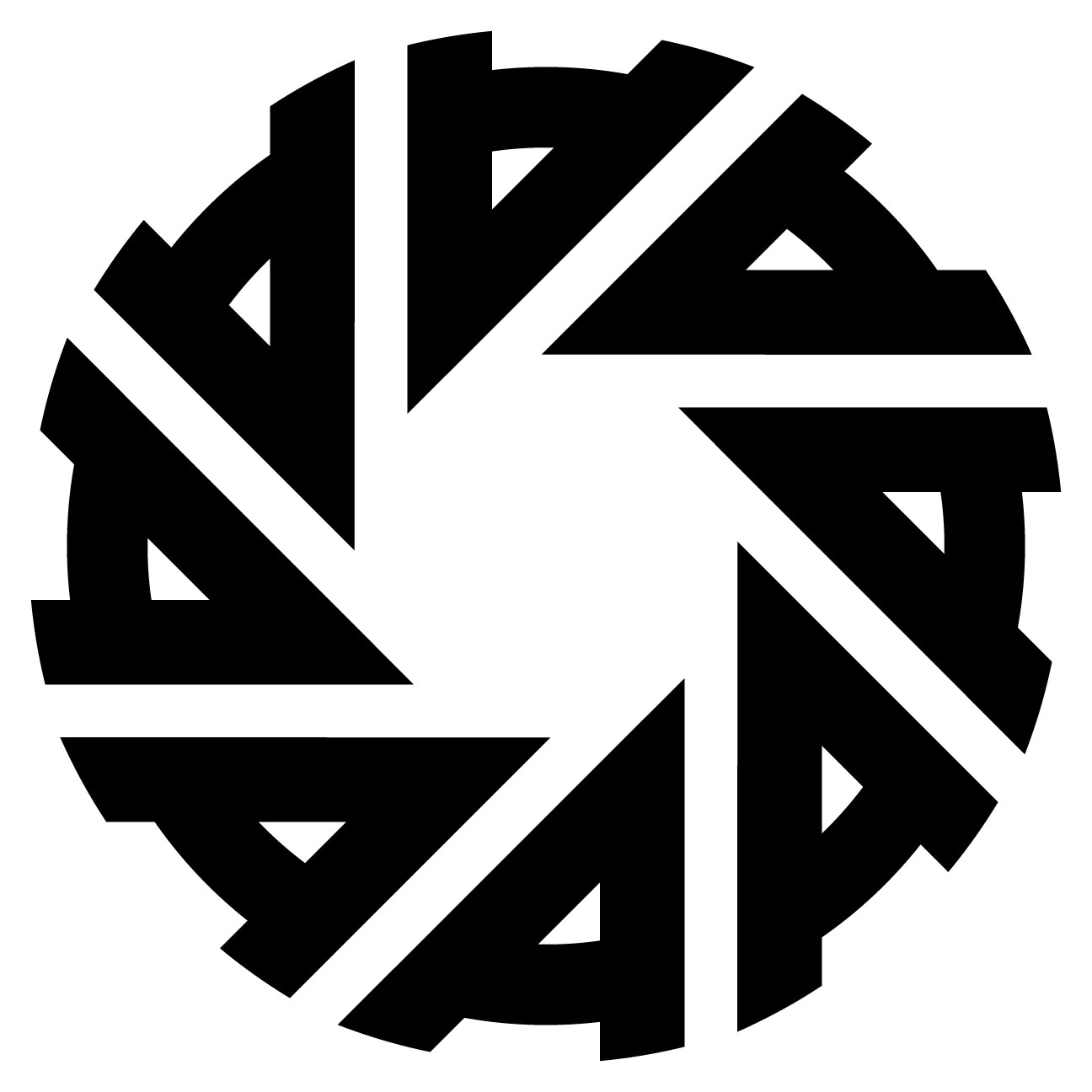Salt Printing Workshop with Michael Borowski, February 8 & 9
Salt Printing Workshop with Michael Borowski, February 8 & 9
February 8, 1-4pm, workshop
February 9, 1-4pm, optional work session
Limited to 10 participants
Registration closes February 5 or when filled
Non-Members: $110
Aurora Members: $100 (Enter Member VIP code at checkout for discount)
Salt printing is a silver nitrate based contact printing method, invented by Henry Fox Talbot in the mid-1830s. The process produces a beautiful range of earth tones, including black, sepia, and brown, often with a soft, atmospheric, romantic look. Salt printing is a wonderful way to explore the history of photography and to add new dimensions of creativity to your images.
Salt prints are very simple and economical to make, with even ordinary table salt sufficient to provide the necessary sodium chloride. Images are converted into digital negatives, using an inkjet printer on transparency film, then contact printed with UV light, and then developed/fixed.
In conjunction with the exhibition, Trained Histories, artist Michael Borowski will lead this workshop on salt printing, touching on all the basics you need to start exploring and creating with the process. Covered in the workshop will be:
* Selecting images best suited for printing as salt prints
* Creating digital negatives for salt prints
* Coating the paper with salt water and silver nitrate (we will experiment with a couple varieties of salt in the workshop)
* UV exposure basics and tips
* Developing and fixing salt prints
* Toning salt prints
All materials, chemistry, and equipment are included in the price of the workshop. We will create one digital negative for you from a file of your choice prior to the workshop; after registration, you will receive instructions on how to send us the file. Participants can expect to make up to 5 salt prints over the course of the workshop and optional work session.
What to bring to the workshop:
* Any existing negatives 4 x 5 or 8 x 10 (work copies only, no precious originals)
* Digital files sized 300dpi at desired print size to output to digital negative (each participant can print up to 2 digital negatives at the workshop and work session)
* Objects to make composition directly on the paper if not working with digital negatives
No prior knowledge of alternative processes is necessary for this workshop. The salt printing process is fun and easy to discover, and all skill levels are welcome to enroll. This workshop is best suited to artists 16+ years old; minors must be accompanied by an adult.
Michael Borowski (he/him) is an artist living and working in occupied Tutelo/Moneton land (Blacksburg, Virginia). He works with an expanded photographic practice to critically engage with architecture, technology, and the environment. Construction and fabrication are recurring metaphors in his work, which inhabits an ambiguous space between truth and fiction. Borowski approaches the built environment as a kind of fiction in order to show that design is not neutral, but reflects political values, personal biases, and desires. His work has been exhibited at the Soho Photo Gallery (NY), Site:Brooklyn (NY), The Colorado Photographic Arts Center (CO), Candela Gallery (VA), the Prairie Center for the Arts (IL), The Czong Institute of Contemporary Art (Korea), and Espace Projet (Montreal, QC). He is a 2019 recipient of a Graham Foundation grant. He received his MFA in Art and Design from the University of Michigan in 2011, and a BFA in Photography from the University of New Mexico in 2003. Michael is currently an Assistant Professor in the School of Visual Arts at Virginia Tech.
Michael Borowski’s series, The Wooden Beaver Archive, is part of the exhibition, Trained Histories, on view in Aurora’s Main Gallery February 7-April 15, 2025. The salt prints in The Wooden Beaver Archive are made from ai-generated images that explore the missing history of mineral springs and urban bath houses as sites for queer desire, underscoring the power of visibility and representation. Trained Histories examines innovative uses of ai as a tool to question, create, complete, and shape various histories.
Images:
1. Michael Borowski, from The Wooden Beaver Archive 2. Coating paper 3 & 4. Washing prints after exposure 5. Pulling print out of fixer 6, 7, & 8 Historical salt prints, 6. James Mary Robert Weston, Untitled, 1858 7. Humphrey Lloyd Hime, Encampment on the Red River, 1858 8. William Henry Fox Talbot, The Open Door, 1844








